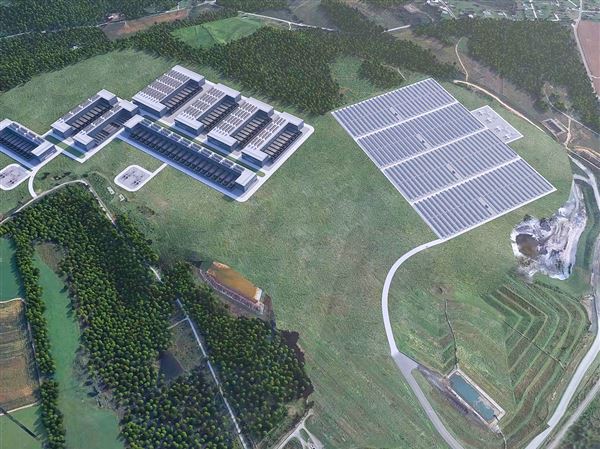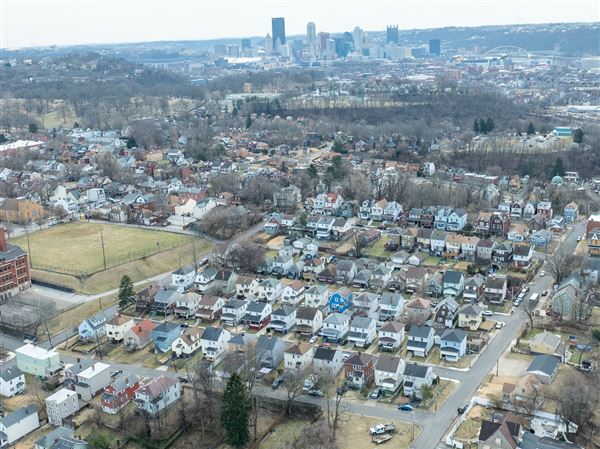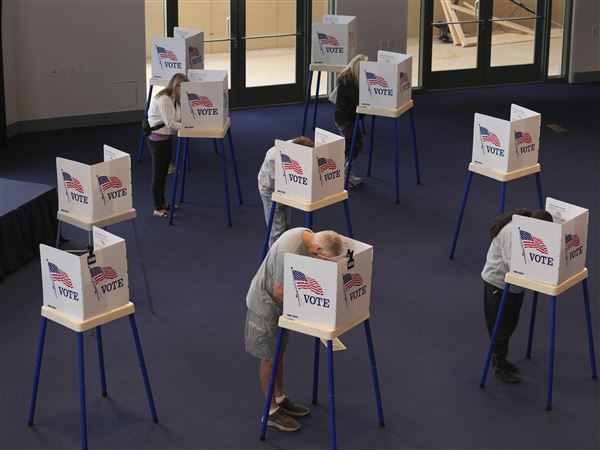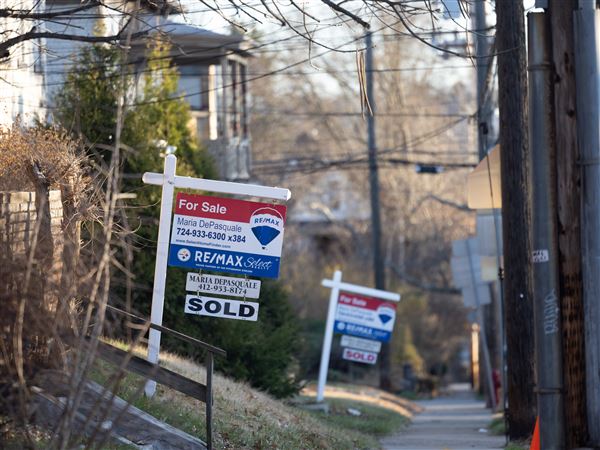When Deepti Alampally moved here from India four years ago, she didn't have to explain where she was going.
"Everyone back home knows about Pittsburgh," Ms. Alampally said.
She said Pittsburgh is famous among Hindus because its three rivers make it a holy city in the religion. It's fitting, then, that Pittsburgh is home to nearly 15,000 South Asians, according to 2010 Census data. In total, nearly 50,000 Asians and Asian-Americans live in the Pittsburgh metro area -- making them the second-largest minority group after African-Americans, and ahead of Hispanics.
That puts Pittsburgh right in line with the national trend, according to a Pew Research Center report released Tuesday.
The report says that Asian immigrants have overtaken Hispanics as the immigrant group with the greatest number of new arrivals in the country. Asian-Americans comprise 5.8 percent of the nation's population, and 3.17 percent of Pennsylvania's population, according to the report. In the Pittsburgh metro area, 2.1 percent of the population by 2010 Census data is Asian, compared to 1.3 percent who are Hispanic. Within the city limits, 5 percent are Asian, compared to 2.3 percent Hispanic, from the same census data.
And it's not just Pittsburgh's rivers attracting Asian-Americans. It's also institutions such as Carnegie Mellon University, UPMC and employment opportunities with the Marcellus Shale industries, said Melanie Harrington, who works to welcome immigrants to the city through the organization Vibrant Pittsburgh. She listed the industries to which new Asian immigrants are attracted: the education sector, health care, technology, energy and business entrepreneurship, among many.
"Asian-Americans are on average more educated and have higher median incomes than other immigrant groups," said Cary Funk, a researcher at Pew who worked on the report. Ms. Harrington said these qualities of valuing education, particularly in the science and technology sectors, showed that "the national trend is really being played out here in Pittsburgh."
But Larry Davis, a demographer and the director of the Center on Race and Social Problems at the University of Pittsburgh, said the wave of increased immigrants -- both Hispanic and Asian -- is largely a "bi-coastal phenomenon" that has skirted around Pittsburgh. He said the decline of the steel industry hurt local growth and was a disincentive for immigrants who might otherwise have settled in the city.
Those who did end up in Pittsburgh have watched the city change. Mila Yochum, one of 36 percent of American-born Asians in Pittsburgh, was born and raised in Brookline. She said she has seen a visible increase in the number of Asians in the city during her lifetime. Ms. Yochum, who is Vietnamese-American, said she remembers when she used to have the only Asian face around, but that is no longer the case.
Still, both Ms. Alampally and Ms. Yochum said that despite the increased numbers of Asians in Pittsburgh in recent years, they feel cultural sensitivity remains a problem. Ms. Alampally, who lives in Upper St. Clair and works for a consulting company, said people are often surprised to find that she speaks perfect English and that she is from southern India, and not Native American.
Ms. Yochum, who oversees an organization of young Asian-American professionals, told a story about trying to help a Chinese immigrant mother whose day care center would not heat up her child's food because they did not like the smell of it.
Although many Asians come to Pittsburgh for the universities -- nearly 81 percent of Carnegie Mellon's international students last year were Asian -- those who stay in the country don't always choose to live in Pittsburgh. Zipei Tu came from China in 2006 to study at CMU, but he was the only one in his class to remain after graduating. Mr. Tu, who works in international sales for an information technology firm, said his friends left for San Francisco, New York and Washington, D.C. He added that the "temporary" population of Chinese immigrants in Pittsburgh -- mostly students -- is greater than the permanent population.
"Let me put it frankly," he said. "I don't think people here are as open as in other areas."
Mr. Davis said more immigration to Pittsburgh would benefit the city, economically, culturally and intellectually. A "brain gain" of immigrants, he said, would "make us a more interesting and vibrant community" -- if they come and stay.
First Published: June 20, 2012, 4:00 a.m.
Updated: June 20, 2012, 5:12 p.m.















